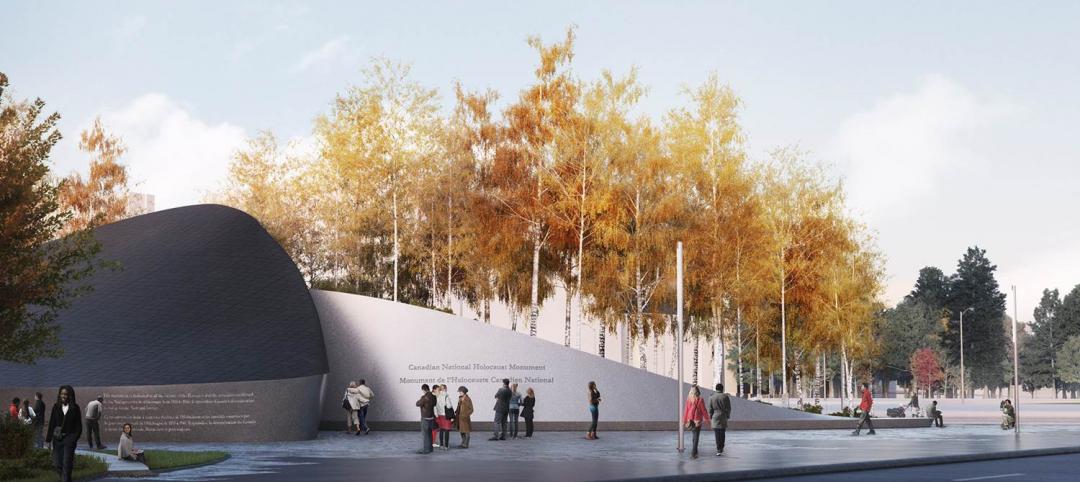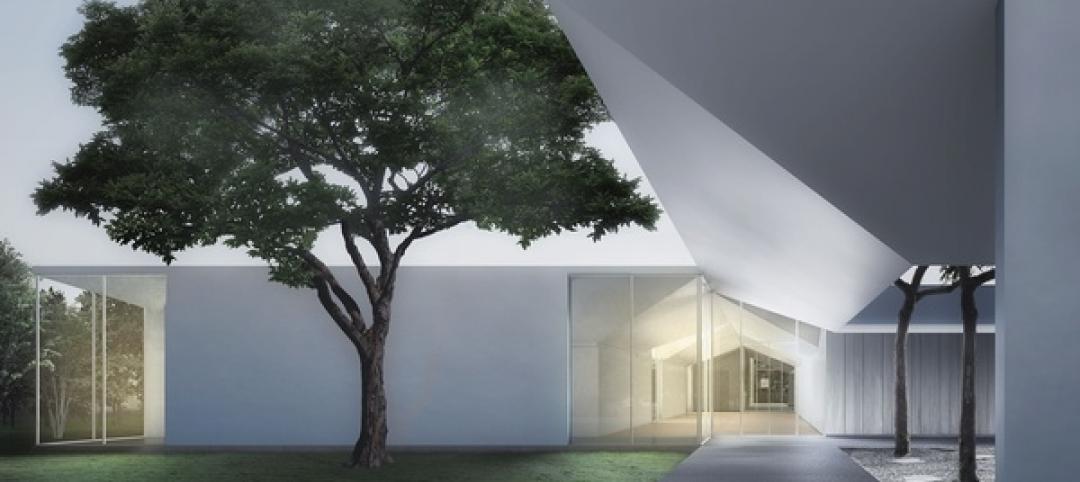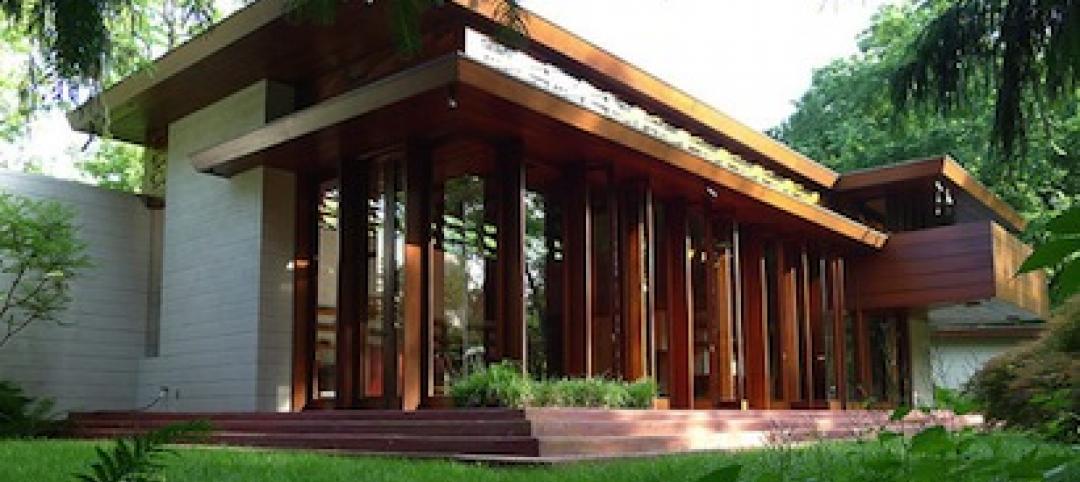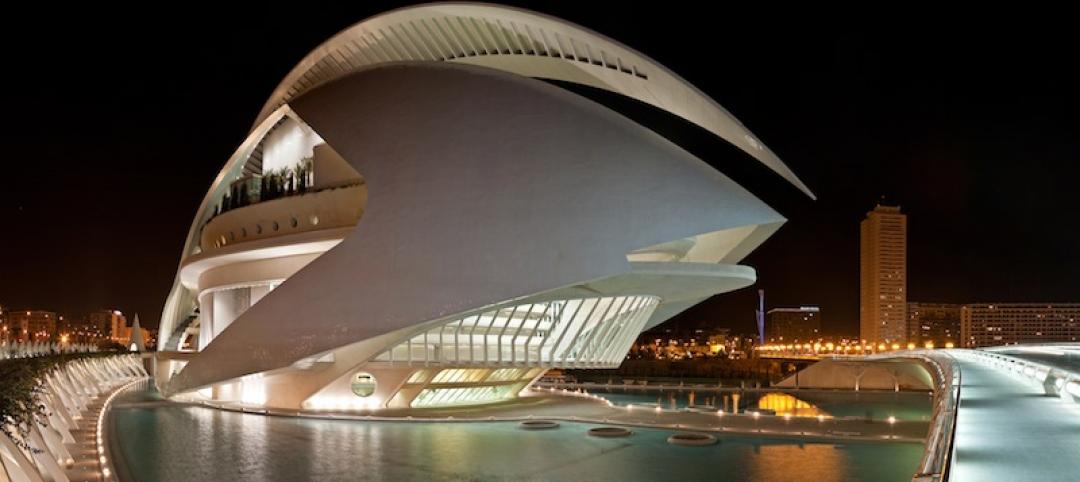Located in Chicago's Lincoln Park neighborhood, Victory Gardens Theater Company has welcomed up-and-coming playwrights for 33 years. In 2004, the company expanded its campus with the purchase of the Biograph Theater for its new main stage. Built in 1914, the theater was one of the city's oldest remaining neighborhood movie houses, and it was part of Chicago's gangster lore: in 1934, John Dillinger was gunned down by the FBI in the Biograph's alley.
Architect Daniel P. Coffey, FAIA, of Daniel P. Coffey and Associates, and general contractor Pepper Construction preserved the landmark exterior, restoring the façade and replacing the historic marquee with a replica of the original.
Inside, the old movie house had been chopped up into a hodge-podge cineplex. The Building Team and the theater company “wanted something unexpected and fresh,” said Coffey. Once inside, theatergoers would enter Victory Gardens' “new world.”
That “new world” had to be created in a relatively small space—30,000 sf—and on a tight construction budget—about $6.4 million. The Building Team created a lobby that puts on a performance of its own, creating the appearance of a pricier and larger space than it actually is. Hints of cherry hardwood trim and marble counters were used to suggest a heftier budget. Drywall “clouds” and mirrors were added to make it appear more expansive.
In the theater itself, the company wanted an intimate space for both audience and performers. The walls were painted rich colors of ochre and burgundy to create a warm atmosphere. The 299 seats were angled to achieve ideal sightlines with minimal blocking; no patron is more than 45 feet from the stage.
“There's not a bad seat in the house,” said Reconstruction Awards judge Walker Johnson, FAIA, who added, “While the regular theatergoers have remained very loyal, this new venue can only help vault Victory Gardens to new heights.”
Related Stories
| Feb 28, 2014
Six finalists selected in design competition for Canadian Holocaust monument
David Adjaye and Daniel Libeskind are among the finalists for the National Holocaust Monument, planned near the Canadian War Museum in Ottawa.
| Feb 24, 2014
New Menil Drawing Institute will fit in with leafy surroundings
In Houston, plans are being finalized for the first freestanding American building built to house and conserve modern and contemporary drawings.
| Jan 30, 2014
How reverse engineering nature can spur design innovation
It’s not enough to copy nature. Today’s designers need a deeper understanding of environmental nuance, from the biome in.
| Jan 28, 2014
16 awe-inspiring interior designs from around the world [slideshow]
The International Interior Design Association released the winners of its 4th Annual Global Excellence Awards. Here's a recap of the winning projects.
| Jan 27, 2014
A climber's dream: Rock climbing hall planned near Iran's highest peak
Forget the rock climbing wall. A developer in Iran is building a rock climbing hall. That's right, an entire building dedicated to the sport, with more than 48,000 sf of program space.
| Jan 17, 2014
Crystal Bridges Museum will move Frank Lloyd Wright house from New Jersey to Arkansas
Numerous architectural experts have concluded that moving the Bachman Wilson House offers its best hope for long-term survival.
| Jan 13, 2014
Custom exterior fabricator A. Zahner unveils free façade design software for architects
The web-based tool uses the company's factory floor like "a massive rapid prototype machine,” allowing designers to manipulate designs on the fly based on cost and other factors, according to CEO/President Bill Zahner.
| Jan 11, 2014
Getting to net-zero energy with brick masonry construction [AIA course]
When targeting net-zero energy performance, AEC professionals are advised to tackle energy demand first. This AIA course covers brick masonry's role in reducing energy consumption in buildings.
| Dec 30, 2013
Calatrava facing legal action from his home town over crumbling cultural complex
Officials with the city of Valencia, Spain, are blaming Santiago Calatrava for the rapid deterioration of buildings within its City of Arts and Sciences complex.
| Dec 19, 2013
Mastering the art of crowd control and visitor flow in interpretive facilities
To say that visitor facility planning and design is challenging is an understatement. There are many factors that determine the success of a facility. Unfortunately, visitor flow, the way people move and how the facility accommodates those movements, isn’t always specifically considered.
















